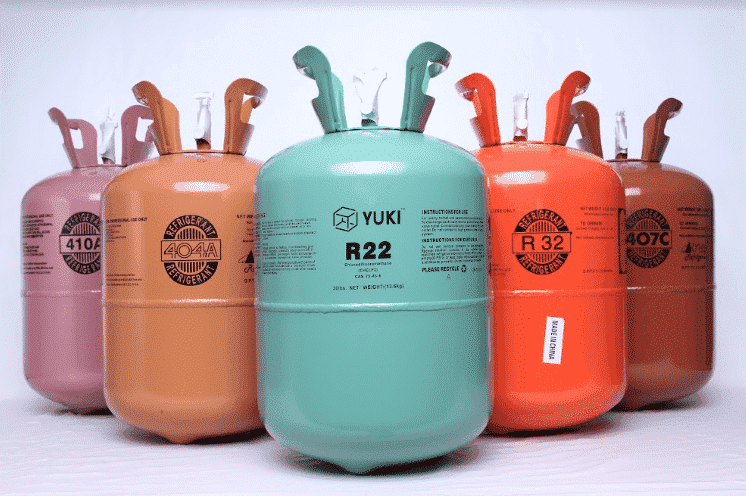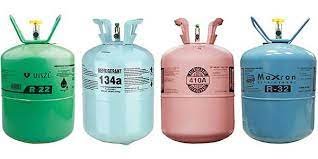Welcome to another detailed exploration at TheKitchenApplianceDad.com. Today, we’re delving into the environmentally crucial topic of refrigerants that do not contain chlorine. As awareness about the impact of certain chemicals on the ozone layer and global warming increases, the shift towards using more sustainable substances in various appliances, including refrigerators and air conditioners, has become imperative.
Before we dive into chlorine-free options, it’s essential to understand what refrigerants are and why their chemical composition matters. Refrigerants are substances used in appliances like refrigerators, freezers, and air conditioners to absorb heat from the environment, thereby providing cooling effects. Traditionally, many refrigerants contained chlorine, a component found in chlorofluorocarbons (CFCs) and hydrochlorofluorocarbons (HCFCs), which are potent greenhouse gases and major contributors to ozone depletion.
The realization of the harmful environmental effects caused by chlorine-containing refrigerants led to international agreements like the Montreal Protocol, which aims to phase out the production and use of substances that deplete the ozone layer. This has necessitated the development and adoption of alternative refrigerants that are safer for the environment.

HFCs, such as R-134a, R-404A, and R-410A, are widely used as alternatives to their chlorine-containing predecessors. They do not contain chlorine and thus, are not ozone-depleting. However, it’s crucial to note that while HFCs are better in terms of ozone depletion, they are still potent greenhouse gases. This has led to increased regulatory scrutiny and a gradual phase-down under global agreements such as the Kigali Amendment to the Montreal Protocol.
Emerging as the latest development in refrigerant technology, HFOs offer a significantly reduced environmental impact compared to HFCs. They have low global warming potential (GWP) and no ozone depletion potential. Examples include R-1234yf and R-1234ze.
Natural refrigerants are substances that occur in nature and have minimal environmental impact in terms of both ozone depletion and global warming potential. These include:
Switching to chlorine-free refrigerants offers several benefits:
While the benefits are compelling, there are also challenges to consider when transitioning to chlorine-free refrigerants:
Embracing chlorine-free refrigerants is not just a regulatory necessity but a step towards a more sustainable future. At TheKitchenApplianceDad.com, we are committed to helping you understand these changes and how they affect your choices in home and commercial appliances. Remember, the right knowledge leads to better decisions for your home and the planet.

